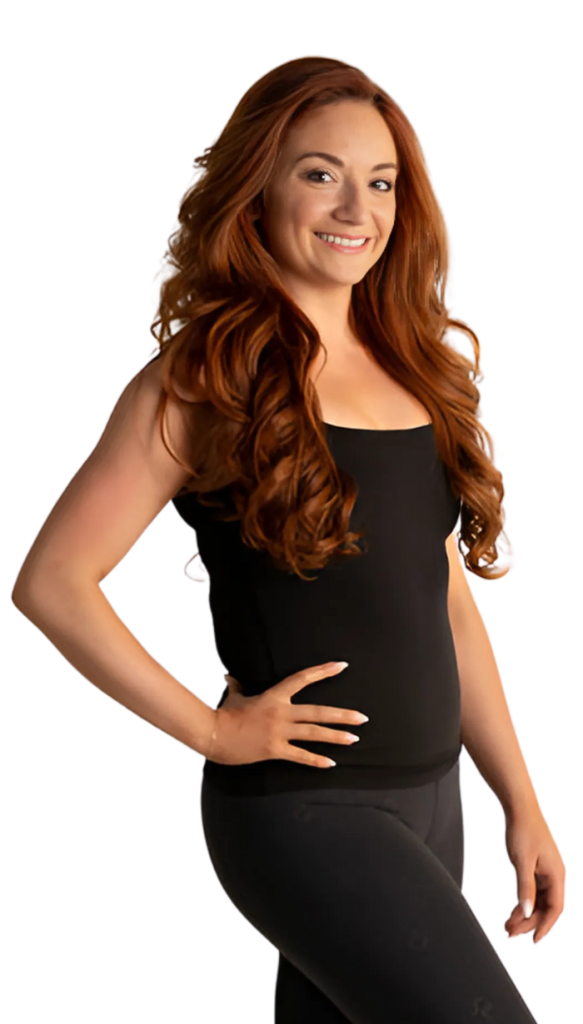Taking a Pilates class can be a thrilling and empowering experience. Understanding the progression from beginner to intermediate levels is crucial for ongoing development, regardless of how long you’ve been taking Pilates classes. Even though both have many advantages, each stage has its own focus, methods, and structure.
The main distinctions between beginner and intermediate Pilates classes will be covered in this guide, along with what to anticipate from each and how to determine when you’re ready to advance.
Why Class Levels Matter in Pilates Classes
Tailored to Your Abilities
Tiered Pilates sessions are designed to accommodate students at various phases of their journey. When a novice enters an intermediate session without the necessary foundation, they run the risk of getting hurt or feeling overpowered.
Structured for Growth
Progressive class levels ensure that your skills build gradually. This approach strengthens your foundation, enhances your form, and increases your confidence.
What to Expect in Beginner Pilates Classes
Focus on Fundamentals
Beginner classes focus on:
- Core engagement
- Proper breathing (lateral breathing)
- Neutral spine alignment
- Basic movement patterns
Expect slower-paced sessions where instructors emphasize form over intensity.
Equipment Introduction
If you’re attending reformer Pilates classes, you’ll be introduced to equipment such as:
- Reformer
- Magic circle
- Pilates mat
- Resistance bands
Modifications for Safety
Beginner-level workouts are designed to accommodate:
- Tight muscles
- Poor posture habits
- Past injuries
- Limited flexibility
The instructor often offers multiple modifications to suit a range of physical conditions and comfort levels.
Ideal Candidates for Beginner Classes
- Newcomers to Pilates
- People returning after an injury or long break
- Seniors or those with low baseline fitness
What Makes Intermediate Pilates Classes Different?
Increased Complexity
Intermediate classes add layers to fundamental movements. Exercises become more complex, requiring:
- Better balance
- Deeper core activation
- Greater coordination
Enhanced Intensity
You’ll experience:
- Faster transitions
- Fewer breaks
- Advanced breathing techniques
- Isometric holds
More Equipment Integration
Intermediate sessions may use multiple apparatuses in one routine. You might transition from mat to reformer to tower, increasing fluidity and stamina.
Skill Requirements
Before advancing, ensure you can:
- Maintain pelvic stability
- Understand cues and terminology
- Execute basic exercises without constant guidance
Ideal Candidates for Intermediate Classes
- Those with at least 3–6 months of consistent practice
- Participants seeking physical challenge
- People looking to improve strength and flexibility simultaneously
Comparing the Two Levels
Intensity
- Beginner: Low to moderate
- Intermediate: Moderate to high
Pace
- Beginner: Slow, focused on learning
- Intermediate: Faster, more dynamic
Equipment
- Beginner: Single equipment focus
- Intermediate: Multi-equipment routines
Cueing Style
- Beginner: Detailed, repetitive, and visual
- Intermediate: Faster-paced with less explanation
Common Misconceptions About Intermediate Pilates Classes
“I Need to Master Every Move”
Transitioning doesn’t require perfection but rather a strong grasp of the basics. If you wait for perfection, you may delay your progress.
“I’ll Fall Behind”
Instructors anticipate varying capabilities and offer scalable options, even in intermediate settings.
“It’s Only for the Fit”
Intermediate classes enhance fitness, but they’re not exclusive to athletes. With consistent practice, most dedicated participants can handle the transition.
Signs You’re Ready for Intermediate Pilates Classes
Consistent Form
You maintain core engagement and alignment during movement transitions.
Familiarity With Cues
You understand and respond quickly to verbal and tactile cues.
Stamina and Control
You can complete an entire beginner class with minimal rest and controlled movements.
Curiosity for More Challenge
You feel that beginner workouts no longer stimulate or challenge your body.
Tips for Transitioning From Beginner to Intermediate
Talk to Your Instructor
Ask your current instructor for honest feedback. They can evaluate your readiness and recommend a plan for moving forward.
Try a Hybrid Class
Some studios offer beginner/intermediate classes designed to bridge the gap.
Prioritize Consistency
Attending sessions regularly (2–3 times per week) enhances muscle memory, flexibility, and progression.
Listen to Your Body
It’s natural to struggle at first. But ongoing discomfort or fatigue could signal that you advanced too soon.
Benefits of Intermediate Pilates Classes
Improved Mind-Body Connection
The increased intensity and coordination required can deepen your connection with breath and movement.
Better Posture and Core Strength
More complex routines challenge your core in new ways, leading to improved posture and core stability.
Greater Mental Engagement
The unpredictability of intermediate routines keeps your brain actively engaged, reinforcing focus and discipline.
Conclusion
Knowing the distinction between beginner and intermediate Pilates classes enables you to advance in a safe and efficient manner. Beginner sessions provide the fundamental foundation, but intermediate sessions challenge you and provide more profound mental and physical benefits. Knowing when to move forward depends more on your body awareness, instructor feedback, and willingness to take on new challenges than it does on physical perfection.
Making progress takes time, and the best way to stay consistent, prevent injuries, and achieve noticeable improvements in your strength, flexibility, and general well-being is to go at your own pace.
FAQs
What skills should I master before attending intermediate Pilates classes?
Ensure you’re comfortable with neutral spine, pelvic stability, and core activation. You should also follow verbal and visual cues without needing constant guidance.
How do I know if I’m progressing?
If beginner workouts feel easier, you can maintain good form throughout, and you crave more intensity those are clear signs you’re ready for more.
Should I switch instructors when I move up?
Not necessarily. Many of the best Pilates instructors teach both levels and can help guide you through the transition.
What if I try an intermediate class and it feels too difficult?
That’s okay. Return to beginner classes, refine your fundamentals, and try again in a few weeks. Remember, even the best Pilates instructors encourage you to honor your body.
Can I mix beginner and intermediate Pilates classes in a week?
Absolutely. Alternating between the two can help you stay grounded in your foundation while still progressing forward.





